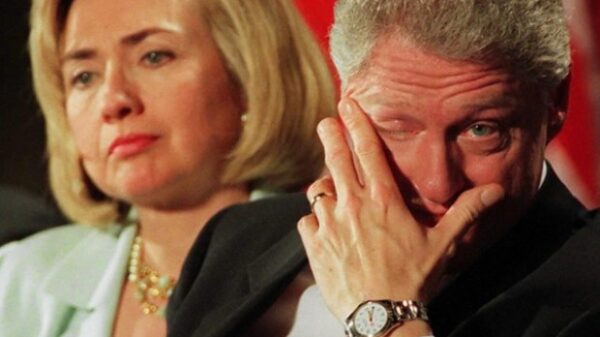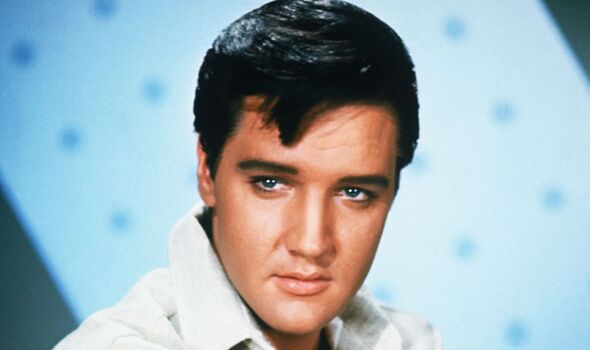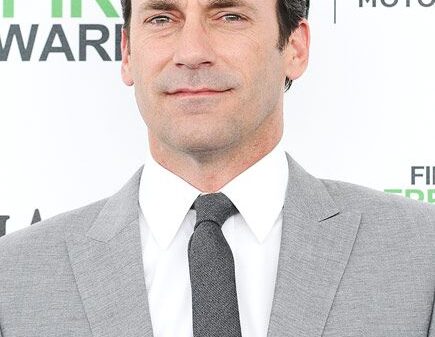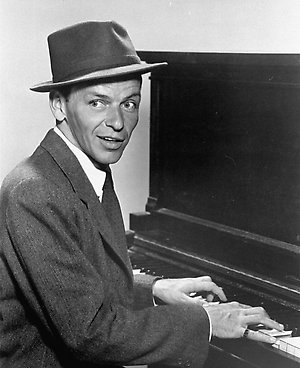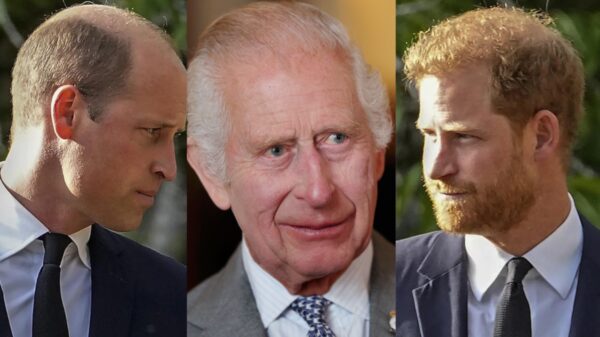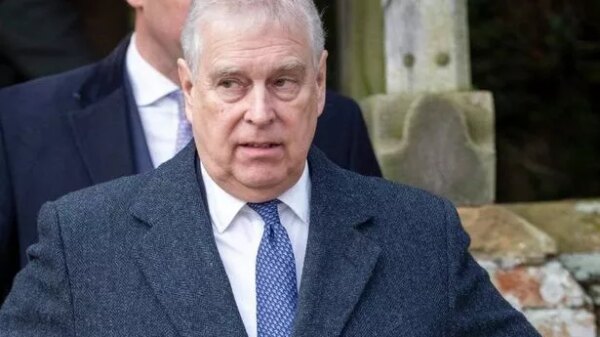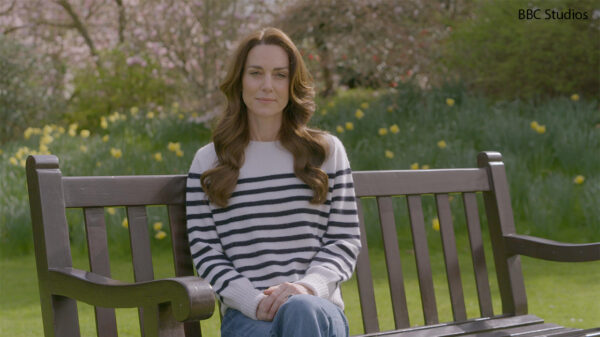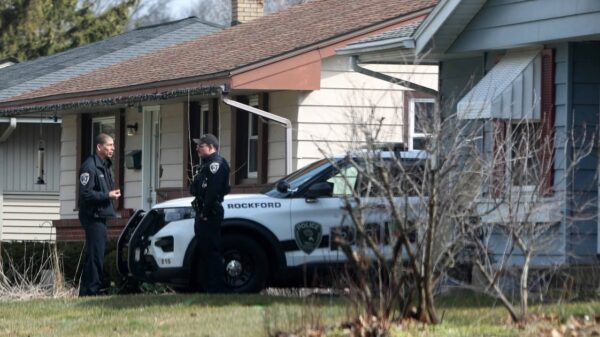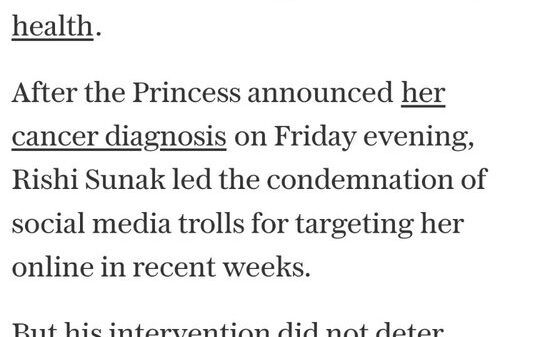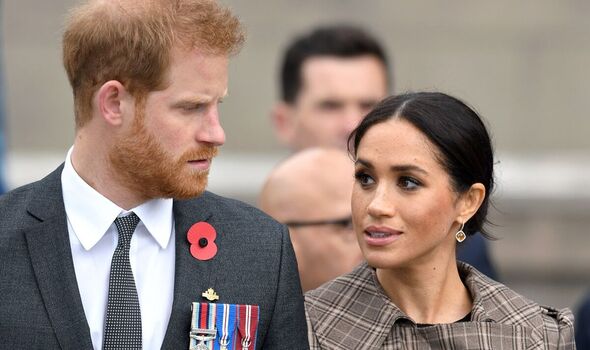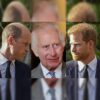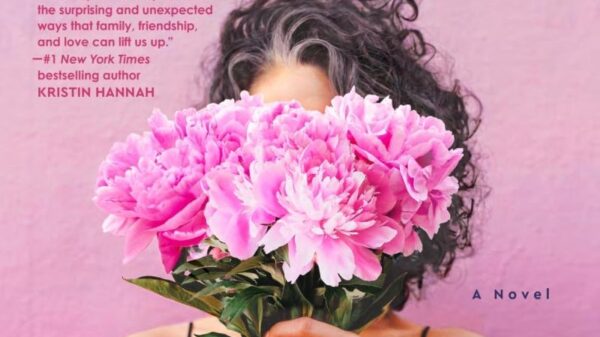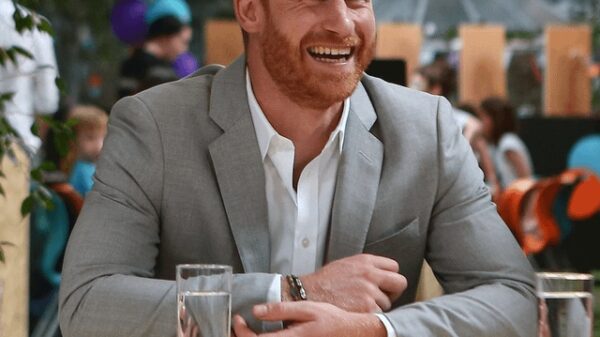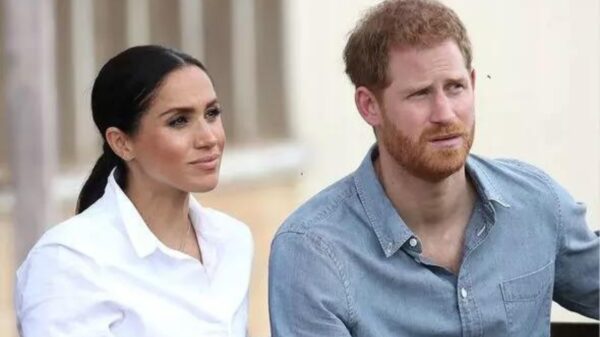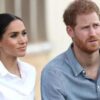Meghan Markle found herself reflecting on her unexpected role as Duchess of Sussex during her inaugural royal tour in late 2018, just months after her marriage to Prince Harry.
Reports indicate that she had some reservations about her responsibilities when she was overheard expressing disbelief at not receiving compensation for her duties.
In a new exposé titled “Courtiers: The Hidden Power Behind the Crown,” author Valentine Low sheds light on Markle’s mounting frustration regarding the demands of royal life.
Her first official tour took them across Australia, Fiji, Tonga, and New Zealand, and it quickly became evident that she had misgivings about the nature of her engagements.
Despite garnering a warm reception from the Australian people, where her down-to-earth style resonated well, Markle reportedly struggled to grasp the essence of the royal walkabouts—those cherished moments when royals mingle with the public.
Observers noted her enjoyment of the limelight, yet insiders claim she often queried the purpose of these ceremonial strolls.
As the tour progressed, it became clear that Markle’s interactions with her dedicated staff were strained.
Low reveals that tensions escalated during the tour, with Markle’s behavior towards her aides increasingly scrutinized.
One notable incident involved a formal complaint from Jason Knauf, the couple’s media chief.
He expressed worries that Markle’s demeanor had driven two personal assistants to resign from her service.
In his email, Knauf described his apprehensions about the duchess’s treatment of staff, emphasizing that it was “unacceptable.”
By the end of 2018, he stepped down, along with several other personnel, suggesting that the pressure was mounting behind the palace walls.
Fast forward to the present: Meghan, now 41, and Harry, aged 38, infamously chose to step back from their royal responsibilities in 2020, ultimately relocating to California.
This decision reportedly took a toll on the late Queen Elizabeth II, who expressed feelings of exhaustion over the couple’s turbulent exit from royal duties—accompanying the heartache of missing precious moments with her great-grandchildren, Archie and Lilibet.
The saga of Harry and Meghan’s royal disengagement continued to unfold as the years progressed, with Harry’s late visit to see his grandmother.
Tragically, he was unable to make it in time to bid farewell to her, as Queen Elizabeth passed away in September 2022, surrounded by only two of her children.
Markle’s initial complaints during the 2018 tour have resurfaced with renewed significance as King Charles and Queen Camilla prepare to embark on a royal tour of their own—one that mirrors the path once taken by the Duke and Duchess of Sussex.
While Meghan basked in the public’s attention throughout the tour, her remarks regarding financial compensation reveal a fundamental disconnect from the traditional royal roles.
It’s a world where influence and duty often overshadow monetary reward, a lesson Markle seemed to grapple with during her introduction to royal expectations.
The book also hints at Markle’s bemusement when confronted with large crowds gathering to see her, as she allegedly questioned the excitement, referring to it as “silly.” Such insights challenge the notion of royal duties as glamorous, showcasing the underlying complexities of transitioning from Hollywood stardom to royal responsibilities.
As Charles and Camilla get ready to visit Australia, significant interventions are lined up, including the iconic Sydney Opera House being illuminated in honor of the royal arrival.
This dazzling display comes amid other notable events as the couple tours major cities, including Canberra.
The cost of lighting the Opera House for this event will hover between £40,000 to £50,000 per night, an expense that comes with mixed reactions given prior governmental decisions during royal celebrations.
Interestingly, while many establishments had lit up in royal colors for the coronation last year, the Sydney Opera House was notably absent.
Public sentiment remains divided, as exemplified by New South Wales Premier Chris Minns identifying himself as a republican while still expressing the importance of warmly welcoming the King and Queen to the continent.
This juxtaposition of public affection and political sentiment embodies the contemporary royal dynamic.
Read more

